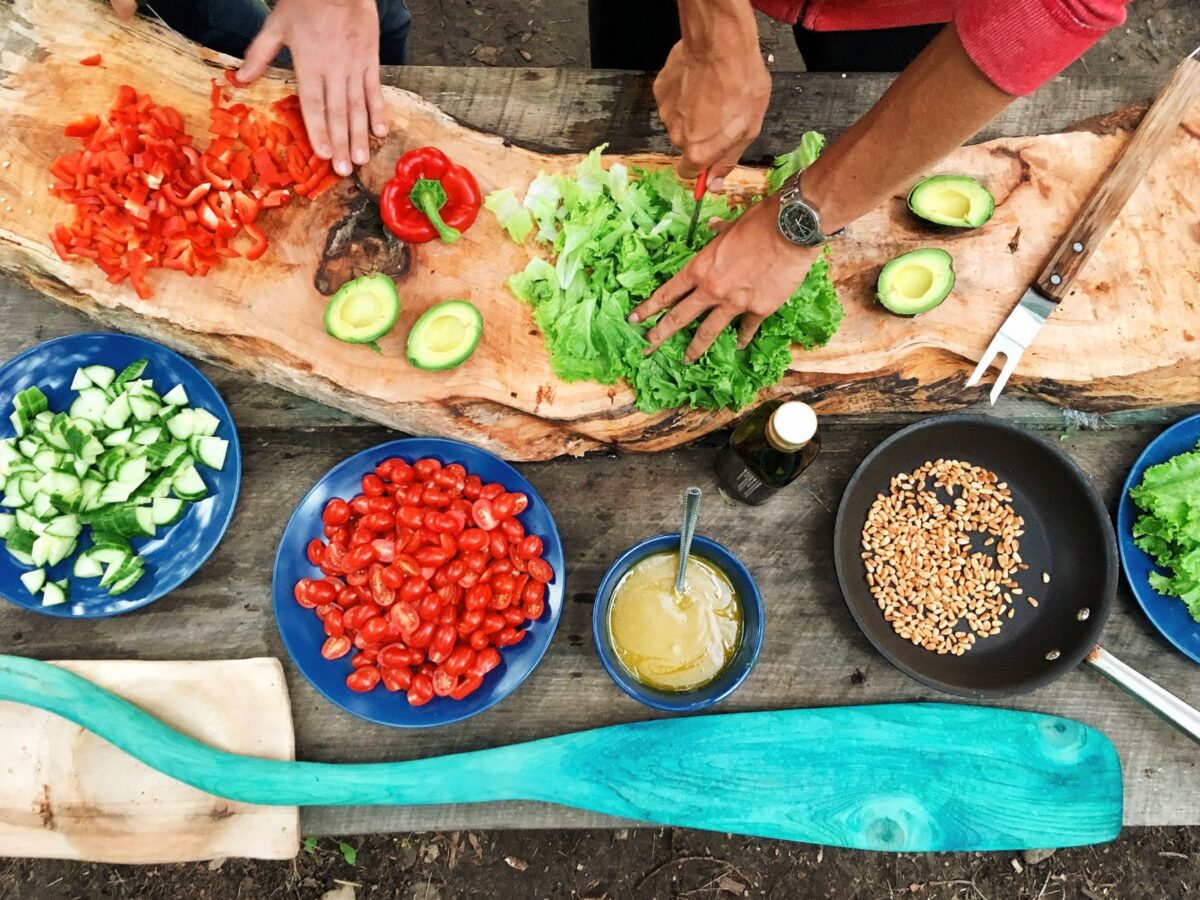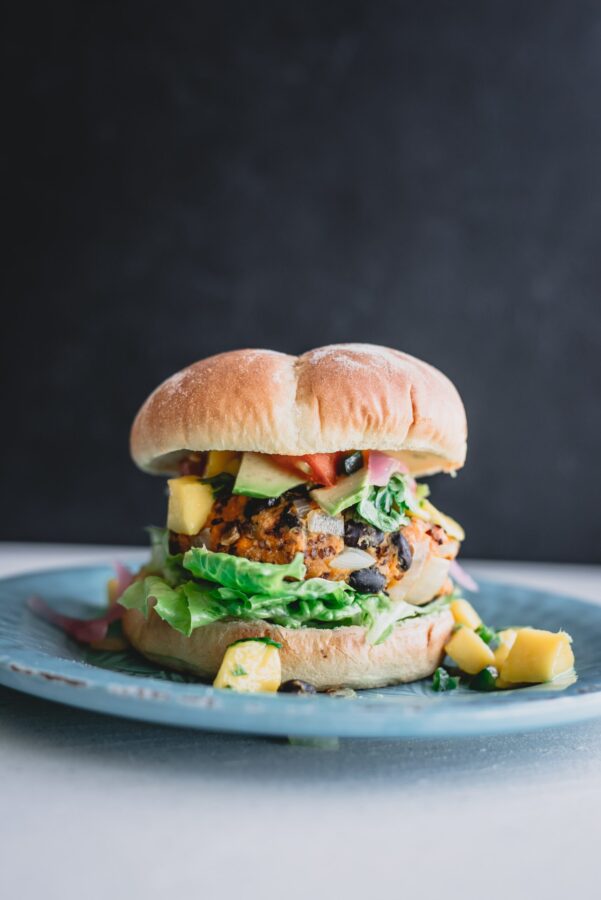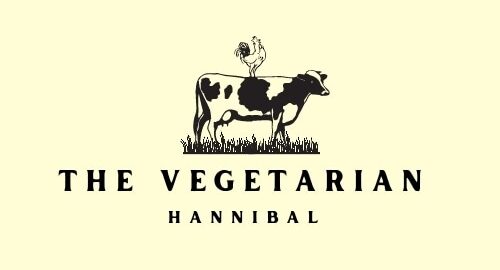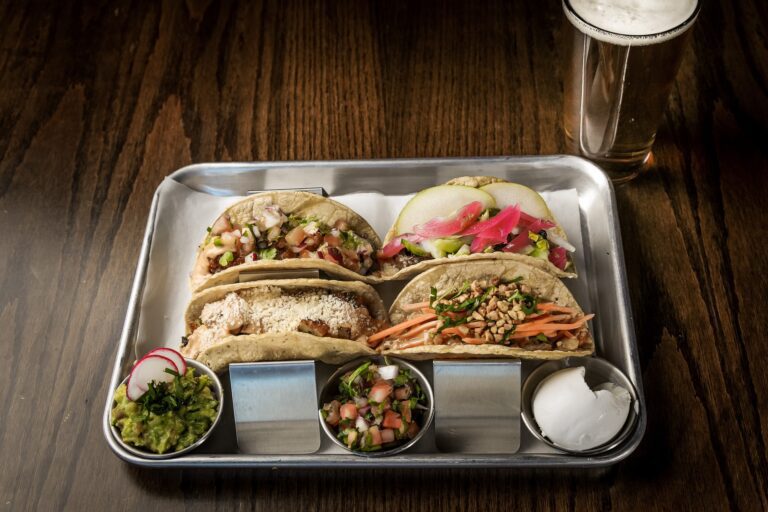How to go vegetarian?

Although veganism and vegetarianism seem to be similar, there are points where they differ from each other. Besides that, there are some different versions of vegetarianism. In this article, we would like to inform you about these versions of vegetarianism and how to go vegetarian?

How to go vegetarian? Pretty easy
People who adopt vegetarian diets may have different reasons. Some people prefer a vegetable-based diet because of their health problems. Of course, for most, this diet is due to many reasons, such as religion, animal rights, or environmental concerns.
As we have explained in detail before, there are different vegetarian diets. Vegetarian diets can be divided into the following subcategories:
While semi-vegetarian or flexitarian consume milk and dairy products, they also eat eggs. Pescatarians eat eggs, dairy products, fish, and seafood, however, they do not meat and poultry. Ovo-vegetarians eat eggs but not meat, poultry, fish, seafood, and dairy products.
Lacto-vegetarians drink milk but do not eat meat, poultry, fish, seafood, or eggs. Vegetarians consume foods such as eggs and milk, however, they do not eat meat, poultry, fish, or seafood.
Don’t delay starting a ‘vegetarian diet’ like starting a diet every Monday. If possible, start as soon as you can. Make room for different types of vegetables in your fridge, start trying new vegan and vegetarian recipes. To be determined and adopt vegetarianism more easily, remove meat from your menu first. Then try to drop the poultry and finally the fish. This is very important to open a clean slate.

Compared to veganism, vegetarianism is more flexible and has different types. Start with what you think will suit you best and incorporate it into your life with brand new recipes. If you are going to have lunch out, you can choose a delicious vegetable-based hamburger instead of the beef hamburger you always eat. You will understand that vegetarianism is not that difficult when you eat non-animal products with different flavors. For those who love meat and meat products, soy, legumes, and mushrooms are indispensable flavors because of their ‘umami’ flavor. Therefore, if you are considering becoming a vegetarian and you love these foods, why not become a vegetarian?
On the other hand, changing the materials is also a very good option. When you see that the taste does not change when you replace your favorite recipes with vegetarian or vegan alternatives, you will feel that your motivation to become vegetarian increases. Vegan sources like tofu and tempeh are just two of the delicious options you can include in your meals. As for the milk issue.

We already know that milk and dairy products touch people with lactose intolerance. For many experts, although it is still controversial, cases, where cow’s milk can be harmful, are mentioned. That’s why you can prefer plant-based ones instead of animal-derived milk. These include almond, soy, hazelnut, coconut, and oat milk. You can include these delicious plant-based milk in your desserts, coffees, and other meals you consume.
Let’s move on to protein sources:
-Eggs are not just for breakfast and are protein-packed. A large egg contains about 6g of protein.
-Nuts and seeds are easy to throw into salads or have for a snack, and typically contain 15–20g protein per 100g.
-Beans and lentils can thicken sauces, soups, dips, and bakes and tend to include about 10–20g protein per 100g.
-Soya products, of which the best-known is tofu, are fairly low in fat and can be used in a variety of ways. Tofu contains about 8g of protein per 100g.
-Mycoproteins: Quorn is often used as a meat substitute in sausages, burgers, pies and sandwich fillings. Quorn contains all eight of the essential amino acids and so is a complete protein.
-Wheat protein (seitan) and fermented soybeans (tempeh) are chewy meat substitutes that are less subtle in flavor than tofu but are higher in protein
-Protein-fortified products abound, from energy balls to chocolate bars. Watch out for the amount of sugar and fat in them though, as protein is not a byword for health, and be aware that it is possible to eat too much protein so be careful not to over-consume it.
According to a table prepared by the Mayo Clinic, the daily intakes of people who adopt a vegetarian diet are:
Food group Daily amount
-Vegetables 2 1/2 cups a day
-Fruits 2 cups a day
-Grains 6 1/2 ounces a day
-Dairy 3 cups a day
-Protein foods 3 1/2 ounces a day
-Oils 27 grams a day
If you have more questions about how to go vegetarian, please leave a comment below!
Check out our other articles about veganism and vegetarianism:
- Are Mushrooms vegan?
- Best Vegetarian Restaurants NYC
- Vegan Clothing Brands USA
- What does PETA do?
- Vegan Protein Sources
- Vegan Religions
- Vegan Restaurants in London
- Was Jesus Vegan?
- Vegan celebrities
- What is veganism?
- Do vegans eat honey?
References:
https://www.healthline.com/health/becoming-vegetarian#benefits







